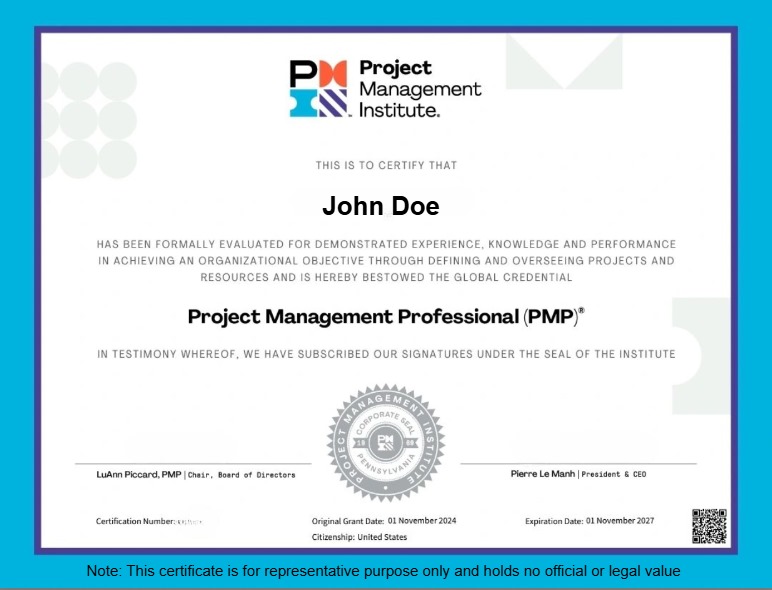Your Shopping Cart

The Artificial Intelligence Certification Course is designed to help learners understand and implement core AI concepts including machine learning, neural networks, natural language processing, and deep learning. Ideal for aspiring data scientists, software engineers, analysts, and AI enthusiasts, this program empowers you with practical skills to build intelligent systems and real-world AI applications. With hands-on projects and industry-aligned curriculum, you’ll gain in-depth expertise in modern AI technologies and frameworks.
Comprehensive Learning: Gain a solid foundation in AI, machine learning, deep learning, and NLP.
Real-World Application: Build AI-powered solutions for image recognition, chatbots, recommendation engines, and more.
Career Growth: Stand out with AI certification that demonstrates advanced technical capability.
Hands-On Experience: Work on live projects, model training, and deployment.
Expert Instruction: Learn from industry professionals and AI practitioners.
This course is a comprehensive guide to AI theory and practical implementation, covering algorithms, tools, and real-world projects.
1. Software Developers wanting to specialize in AI. 2. Data Scientists and Analysts expanding into deep learning. 3. Students or Professionals looking to break into the AI field. 4. Tech Enthusiasts interested in intelligent systems and automation.
1. Learn from foundations to advanced AI applications. 2. Master tools like TensorFlow, Python, Keras, and OpenCV. 3. Prepare for AI roles with certification, projects, and interview prep.
we are happy to help you 24*7
